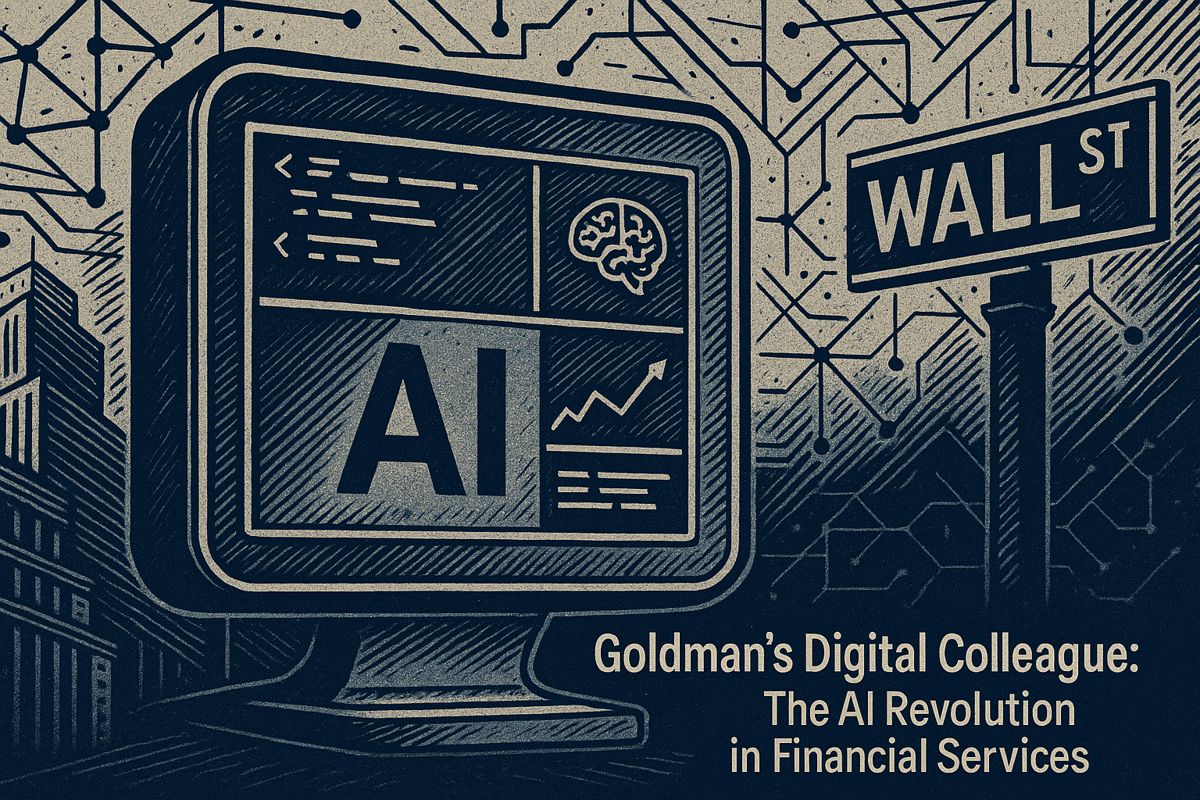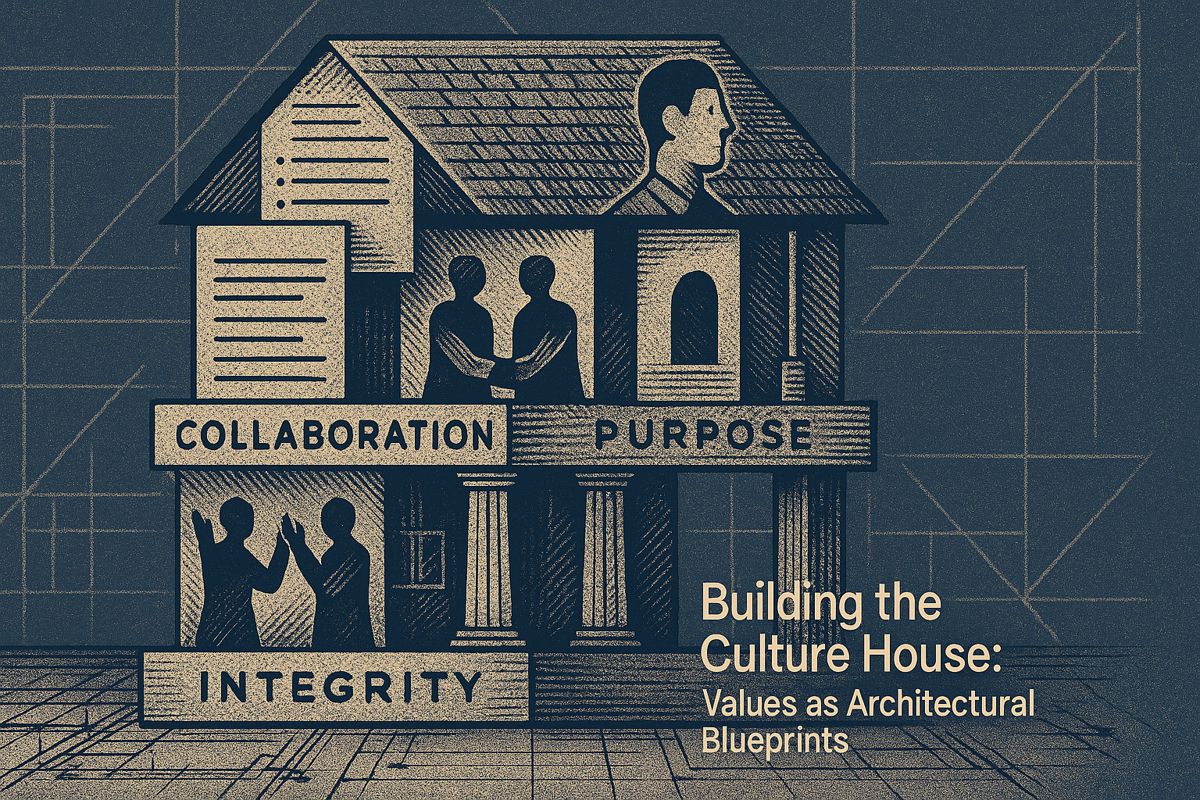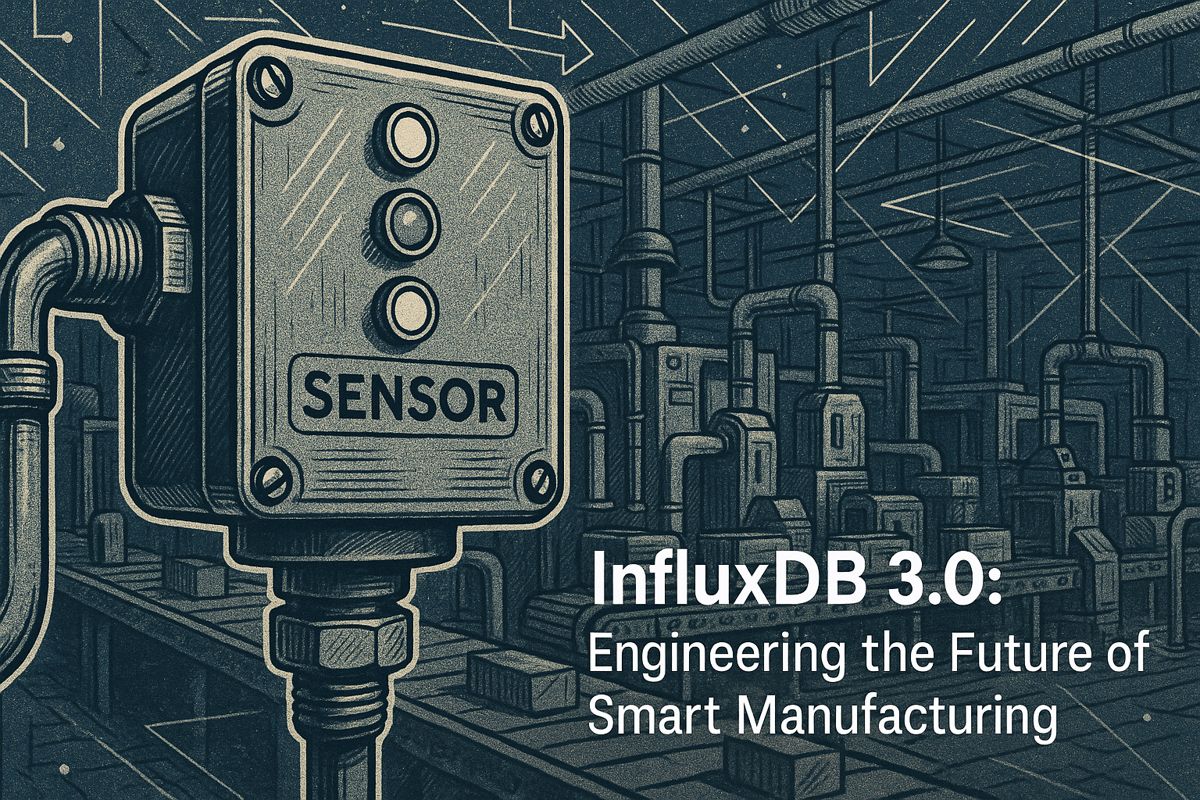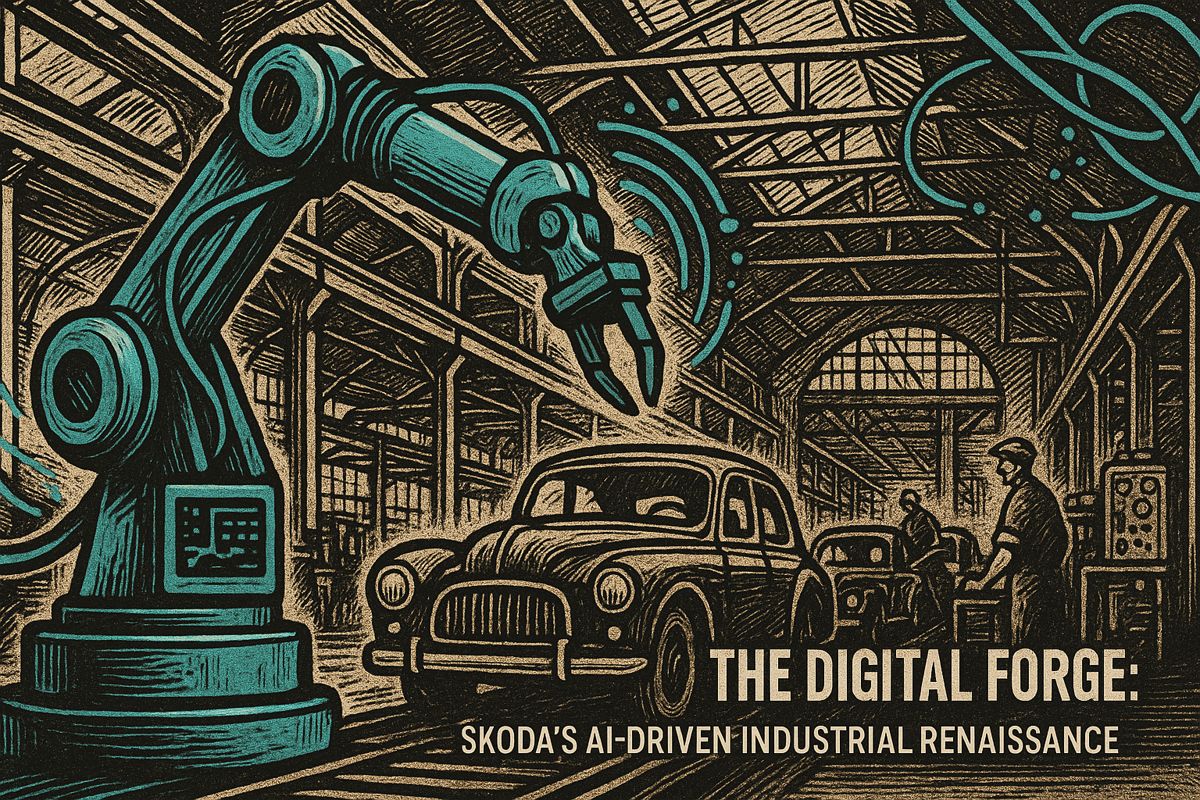Here’s the text with the most important phrase emphasized in markdown bold:
Goldman Sachs has unleashed an AI assistant to 10,000 employees, transforming workplace productivity with cutting-edge technology. The digital tool uses advanced models like GPT-4o and Gemini to help staff automate tasks such as document summaries, email drafting, and analytics across different roles. Employees can now access specialized “Copilots” tailored to their specific job functions, all while maintaining strict internal security and compliance standards. This massive AI deployment represents a significant shift in how financial work gets done, promising to reduce mundane tasks and boost efficiency. The system is flexible, allowing workers to choose between different AI models and potentially revolutionize traditional workplace workflows.
How is Goldman Sachs Using AI to Transform Wall Street Workflows?
Goldman Sachs has deployed AI assistants to 10,000 employees, leveraging models like GPT-4o and Gemini to automate document summaries, draft emails, crunch analytics, and provide role-specific support through specialized “Copilots” while maintaining internal security and compliance.
Remembering the Grind
Sometimes, a single headline doesn’t just grab you – it launches you right back in time. This morning, I read that Goldman Sachs has deployed its GS AI Assistant to 10,000 employees. The scale is genuinely eye-widening, but what really struck me was the memory of my first week at a legacy bank. I can almost feel the dull sting of paper cuts, hear the quiet drone of fluorescent lights as I shuffled through endless Excel files and reply-all email threads. Those days felt eternal. Could a machine really have rescued me from that sea of sameness? In 2024, it seems the answer is yes.
I’ll admit, I’m slightly envious. Back in 2018, my friend Mark (not his real name – he’d cringe) survived on caffeine and gallows humor as a junior analyst at JPMorgan. His overnight tales were a cacophony of monotony: pitch decks, market summaries, and that infamous sixth round of PowerPoint edits. He used to say, only half-joking, that an AI assistant would give him time for lunch. Or even a social life. Now, Goldman’s actually delivering the thing he daydreamed about at 2 a.m.
The emotional undertow here? Honestly, a mixture of awe and a twinge of regret. Why couldn’t we have had this? Maybe I’m romanticizing it, but the pain feels real, even if it’s softened by time.
Numbers, Names, and Nerve
Goldman’s GS AI Assistant isn’t just a shiny new gadget – it’s one of the largest AI deployments in global finance. Ten thousand employees, from software engineers to bankers, now have access to a digital aide that draws on some of the sharpest minds in AI: OpenAI’s GPT-4o, Google’s Gemini, and Anthropic’s Claude, with a few open-source models sprinkled in for good measure. (It’s like a cerebral fruit salad, if that makes sense.)
What’s intriguing is the specificity. Staff can use these tools to automate document summaries, draft emails, crunch analytics, and translate documents – all while staying locked behind Goldman’s internal firewall. In the memo, Marco Argenti (the firm’s CIO) described it as a “foundational element.” That sounds grand, but the reality is tactile: pitch decks get sharper, compliance is maintained, and translation for global teams is suddenly seamless. There’s even a “Developer Copilot” and a “Banker Copilot”—each role getting a tailored, context-sensitive assistant.
As for the rumored layoff tsunami? Goldman insists this is about augmentation, not replacement. No pink slips, at least not yet. I’m skeptical—aren’t you? Still, for now, the focus is on liberation from drudgery, not workforce reduction. And if you listen closely, you can almost hear a collective sigh of relief echoing through the glass towers of Manhattan.
Copilots, Culture, and Competition
Let’s not glaze over the technical architecture, either. Goldman’s team has built flexibility right into the system: employees can choose between models, and IT can swap these out without retraining anyone. That’s not just future-proofing, it’s downright nimble. During the internal pilot, wealth managers raved about the translation feature—apparently, instant multilingual support makes cross-border deals much smoother. (And the “Eureka!” moment of seeing a French prospectus become readable in seconds? That’s the scent of progress.)
Is this just a page from the “AI arms race” playbook? Probably. Citi and Morgan Stanley are racing to keep up, each with their own copilots and virtual assistants. But Goldman’s rollout feels more ambitious in scale and transparency. There’s even talk of the Assistant evolving from a Q&A bot to an autonomous agent, shouldering multi-step projects like a digital sous-chef. Imagine: an algorithm that not only fetches your report but also assembles, packages, and routes it to the right team, all while keeping one digital eye on compliance.
Still, I can’t help but wonder – will this finally give junior analysts a life outside the office, or just raise the bar for what “normal” productivity looks like? My bet: a bit of both. I’ve been wrong before, of course, but I’m optimistic this time. There’s a whiff of transformation in the air—like city asphalt after summer rain.
The Big Picture: Are You Ready?
In the end, the message is clear. If your company isn’t embedding AI into every layer, you’re already lagging behind. Goldman’s GS AI Assistant marks a concrete step—a paradigm shift, really—toward knowledge work with a digital backbone. The future isn’t some abstract, distant possibility. It’s already rewriting your emails.
Would I trade my old paper cuts for a shot at this brave new workflow? In a heartbeat. Well, maybe. Let’s see what the next memo brings…
(Dan)



















